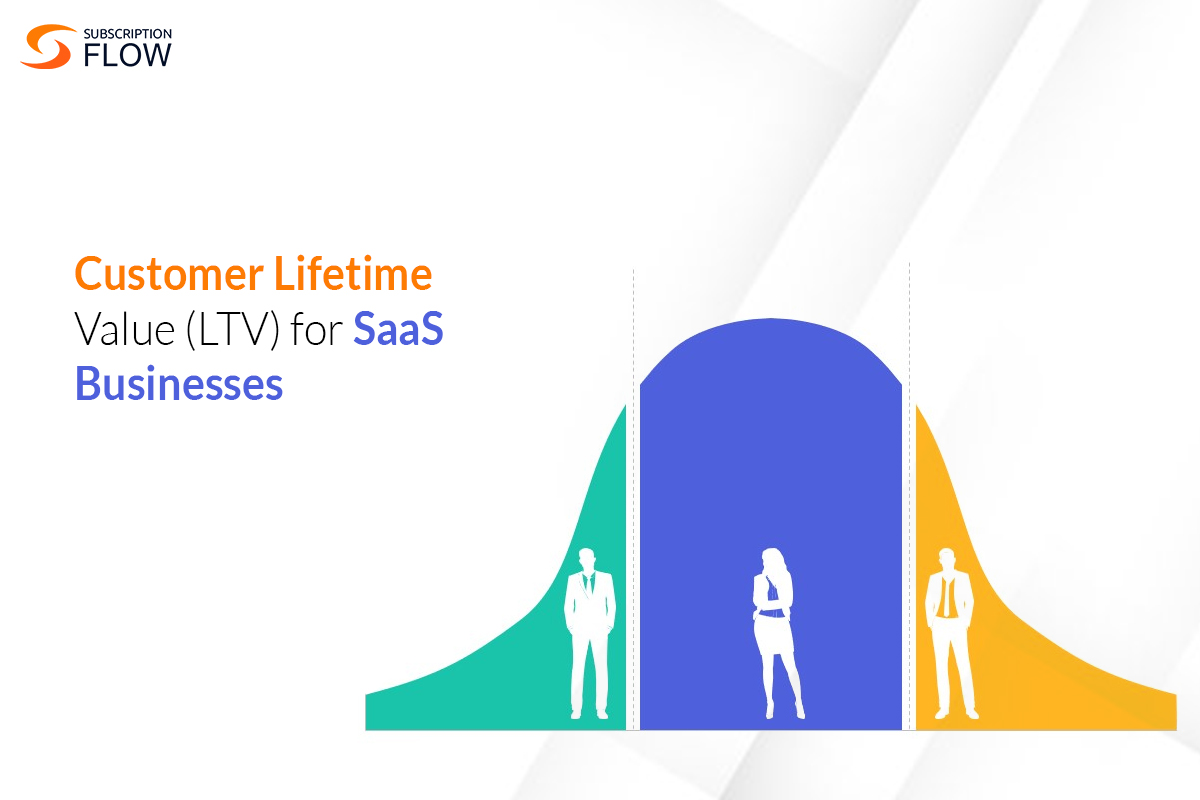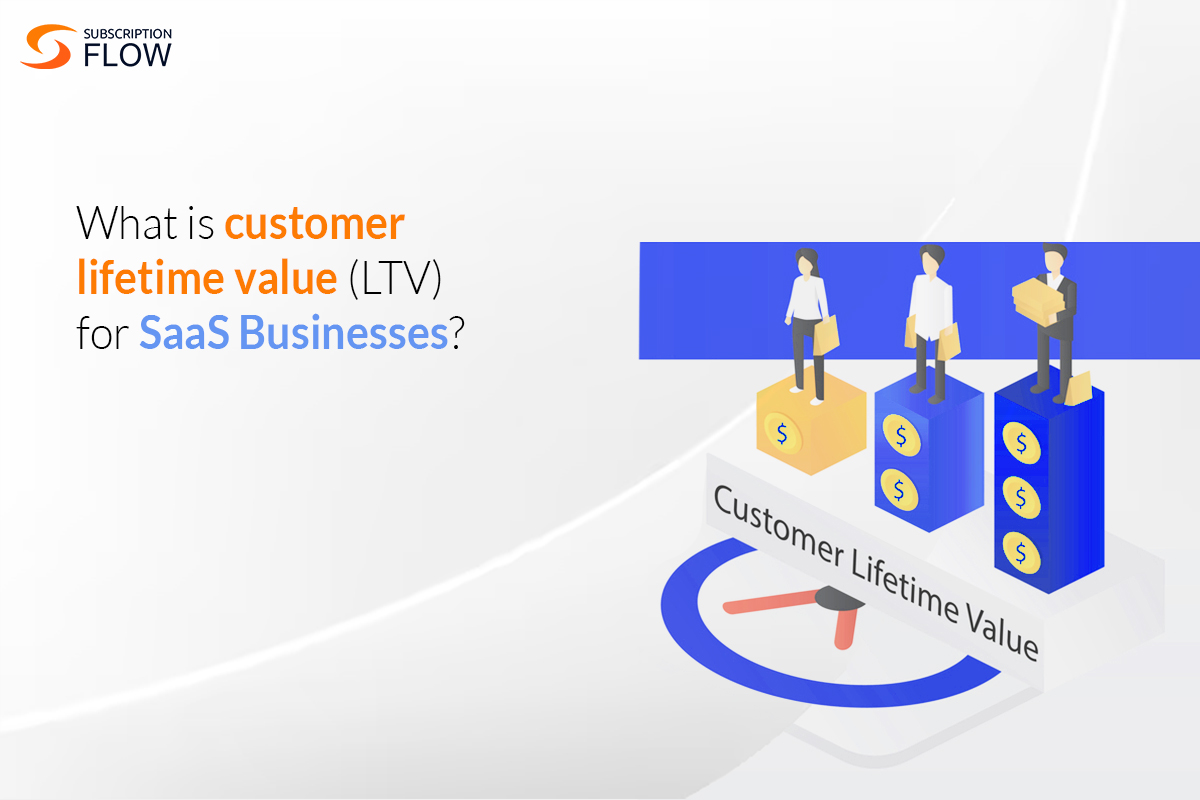
Guide on Customer Lifetime Value (LTV) for SaaS Businesses
First impressions are rarely the last impressions, but they can prove to be just that for your company if you do not strategize a high customer lifetime value (LTV) for SaaS businesses. This can be a costly first impression since statistics show that acquiring a new customer is 5 times more expensive than retaining an existing one. (Churn is expensive!)
But don’t worry, because we have got you covered. In this blog, we will be explaining in detail what customer lifetime value refers to, before showing you concrete ways in which you can improve your SaaS CLTV and retain your customers more effectively.
Read more: What Is The Relationship Between Customer Retention And CLV: A North Star Metric For Your Business
What is Customer Lifetime Value (LTV) for SaaS Businesses?
Customer lifetime value is a crucial measure that reveals the total net profit your company could potentially earn from one single customer over the course of their entire engagement with your company. There are two major components to calculating a customer’s lifetime value: you look at both the initial purchase that a customer makes and also add to that any repeat purchases, and then factor in the average time that they’ve spent being a client of the company.
Why is CLTV an important SaaS metric?
In today’s world where customers are flooded with endless options that they can keep shuttling in-between, understanding customer lifetime value is key to assessing the levels of loyalty that a customer has towards any one company or brand.
When customers consistently return to make purchases, it is usually a positive indication that your company is doing well. More interestingly, however, a higher customer lifetime value also normally means that the company can cut costs on customer acquisition and redirect those resources elsewhere.
Customer Lifetime Value Calculation
To calculate a customer’s lifetime value, you first need to calculate the value of the order they have placed with you i.e. the customer value. (There’s a slight difference between the two.) A customer’s value is calculated by multiplying the average price of their purchases with the total number of their purchases. A customer’s lifetime value is then calculated by multiplying their customer value with the average lifespan of all customers at your company.
Let’s imagine a SaaS company called “ConnecTech” that offers project management software for small businesses. If you were running ConnecTech, here’s how you’d go about calculating its customer lifetime value (CLV):
Step 1: Calculating the Customer Value
Suppose a customer named John has been using ConnecTech’s software for 12 months. During this time, John made an average of 4 purchases per month, each with an average price of $50.
Customer Value = Average Price of Purchase × Total Number of Purchases
= $50 × 4
= $200
Step 2: Calculating the Customer’s Lifetime Value
Let’s say the average lifespan of a customer at ConnecTech is estimated to be 24 months.
Customer Lifetime Value = Customer Value × Average Lifespan at the Company
= $200 × 24
= $4,800
Therefore, the customer lifetime value for John at ConnecTech would be $4,800. This means that over his expected lifetime with ConnecTech, you can anticipate earning $4,800 from John through his purchases of your project management software.
3 Steps to Improve Your Customer Lifetime Value
Follow these three steps to radically boost your customer lifetime value facilitated by SubscriptionFlow’s retention management tools.
1. Customer Segmentation
Segment your customers. You may do this based on the criteria that work best for your industry and target market. Segmentation may be demographic, geographic, technographic, behavioural, value-based, need-based, or even firmographic (in the case of B2B). Any of these may be useful to grow customer LTV. To exemplify, you may segment customers in a dataset based on the number of repeat purchases. One category could be churned (single purchase), one could be return customer (2-3 purchases) and the third could be loyal (more than 3 purchases). The defining criteria would depend on your dataset. Such an approach emboldens businesses to effectively tailor their approach and deliver personalized experiences to different segments of their customers.
2. Customer Relationship Management (CRM) Channels
Now that you’ve segmented your customers, it is time for you to personalize their experience by using CRM channels like emails, SMS, push notifications etc. Since with each segment, you’ll be going with a different style of communication, this will ascertain that your customers do not feel bombarded with random communication from your end. For example, a loyal customer might respond more positively to being offered exclusive rewards, whereas the buyer frequenting your site once in a blue moon may be helped if given a gentle reminder around the holidays or perhaps a tailored recommendation for a product to encourage other purchases and keep your customers engaged. CRM channels let you collect customer data to improve segmentation, react to customer actions (transactional engagement) & offer personalized upsells and recommendations.
Read more: Maximize Revenue with the Customer Engagement Model
3. Dunning management
Dunning management also plays a pivotal role. SubscriptionFlow’s dunning management features improve your rate of customer retention by handling unsuccessful payments for subscriptions in an effective manner. This is why automation matters. By automating your subscription-management processes, you remind your customers regarding any payment-related hurdles that may have cropped up. And by having your technical team provide robust solutions, you can reduce churn and, as ever, boost your CLV.
Why Target High-Value Customers?
Now let us get into the most interesting part of the blog, which is about targeting those customers in particular who have the highest value for your business. This becomes important, especially considering the saturation of today’s SaaS market and involves customer segmentation and targeted messaging through CRM channels.
A targeted approach will be especially beneficial for SaaS startups looking to scale with high-value accounts. Read ahead to find out a few ways of implementing this approach:
Strategic Resource Allocation
What continually evaluating CLV computations does is that it assists in directing resources a lot more effectively. This frees up both your money, your time, as well as your labour to attend to those customers who have a higher chance of making additional purchases and being of an even higher value.
Optimizing Expansion Opportunities
Not only that, the initial analysis of the average CLV also informs decisions on market expansion, channel diversification, or brand extension. This becomes especially advisable when your CLV exceeds your operating costs, which means that currently your business is doing well and, if there is room in the market, then it can certainly afford to expand a bit more without incurring the risks of any impending losses.
In doing this, you can keep the profile of your high-value customers in mind when tapping into new markets, and thus always being on the lookout for similar customers, say, demographically.
Fostering Sustainable Performance
Targeting high-value customers also ensures that your business keeps growing at a sustainable rate since these people, by virtue of their high value being evidence of their satisfaction with your services, are always the most loyal customers that you can count on sticking by you even if your company stumbles in the future. Forecasting company growth by keeping this clientele in mind ensures you have a sense of how low can your company fall if a future venture fails.
Read more: The Best Approach to Forecasting Subscription Revenue
Bottom line
As mentioned in this blog’s very first line which was your first impression of this blog, first impressions matter, but lasting impressions define success. Therefore, understanding customer lifetime value is pivotal for SaaS businesses as it is only by targeting high-value customers and refining strategies that you can ensure sustainable growth and increased profitability for your company.
Book a demo with SubscriptionFlow now to implement all these ways of boosting your customer lifetime value!















